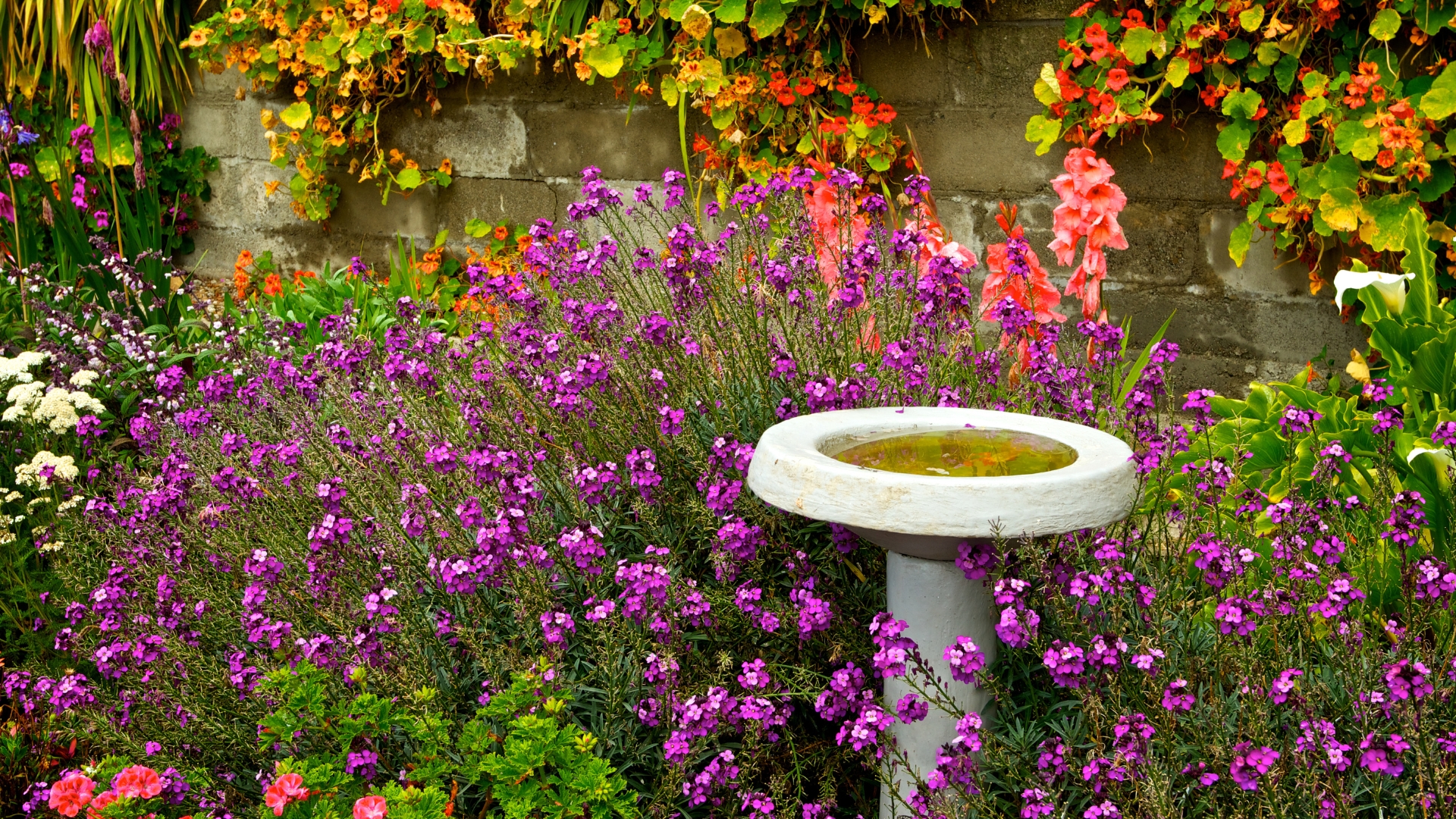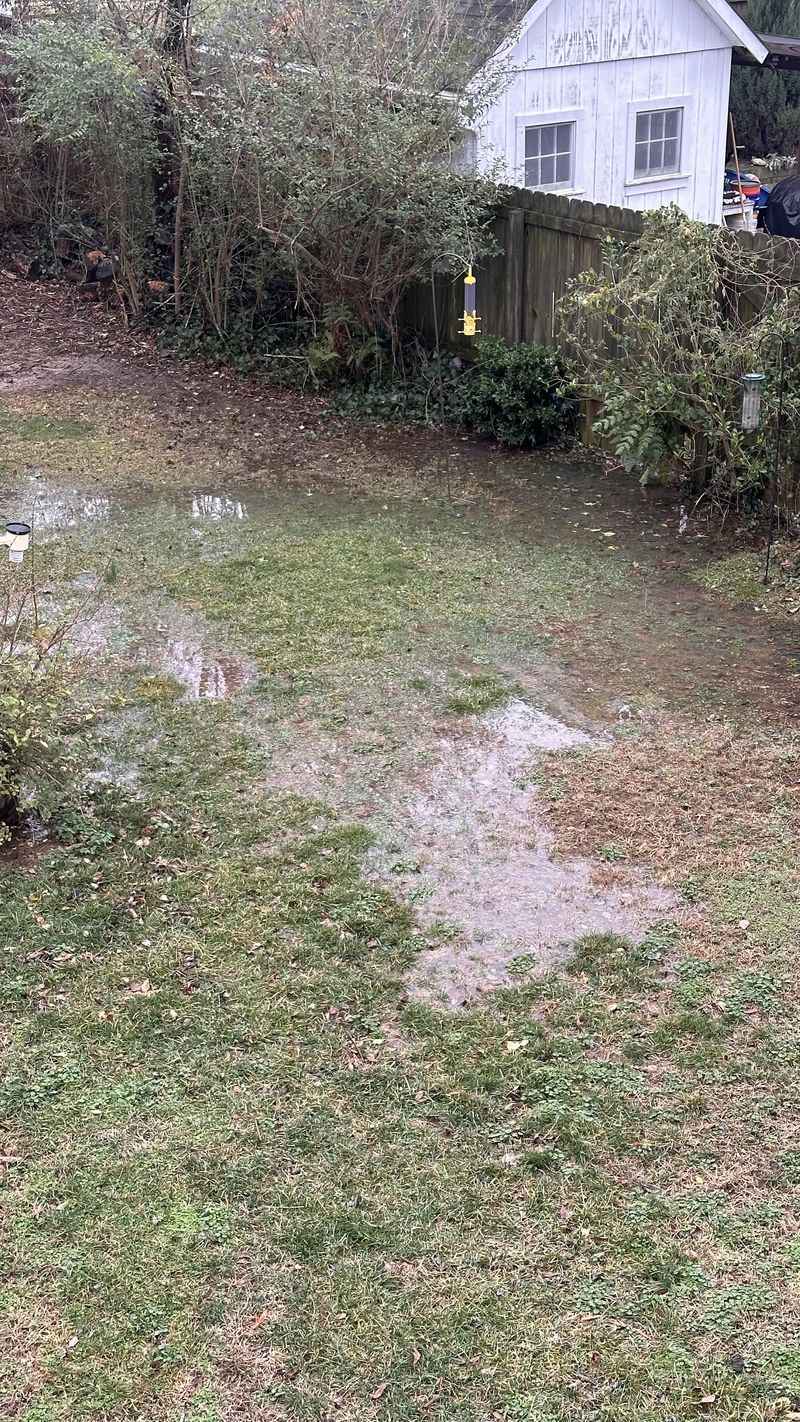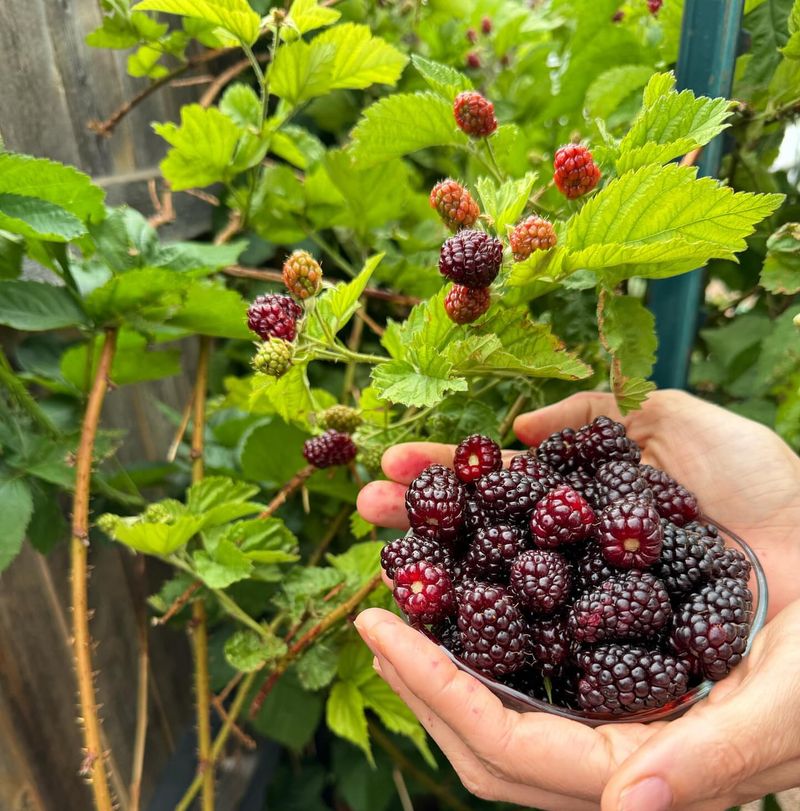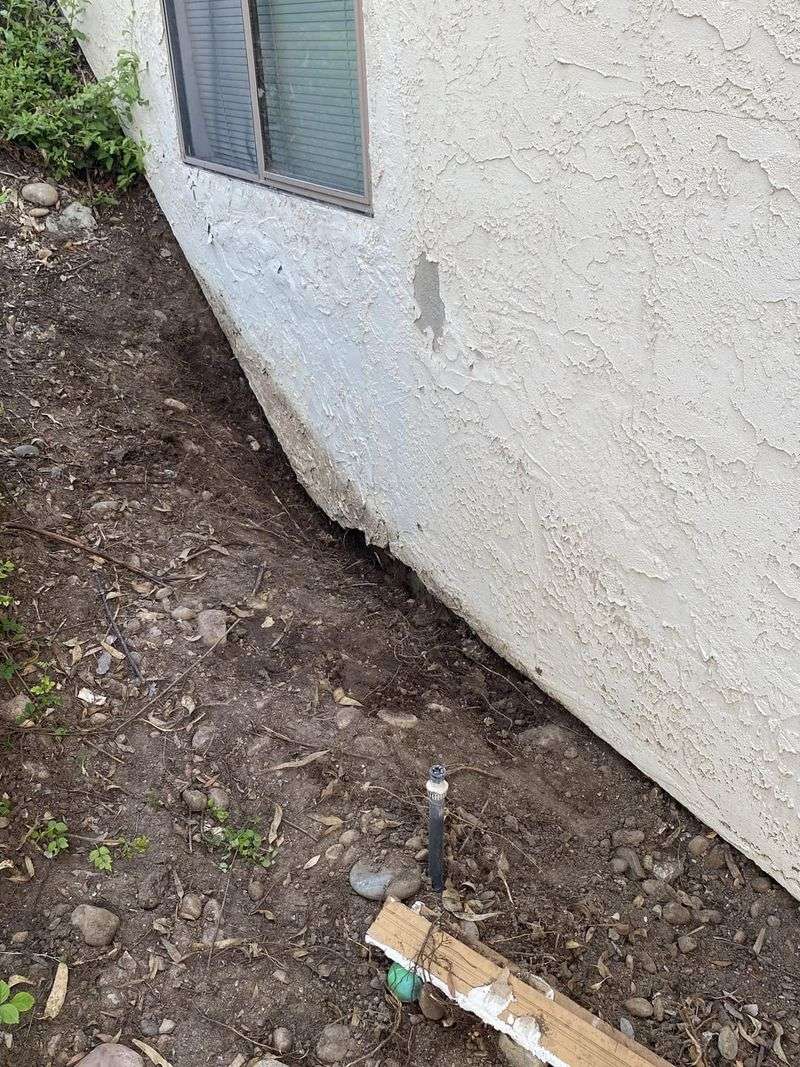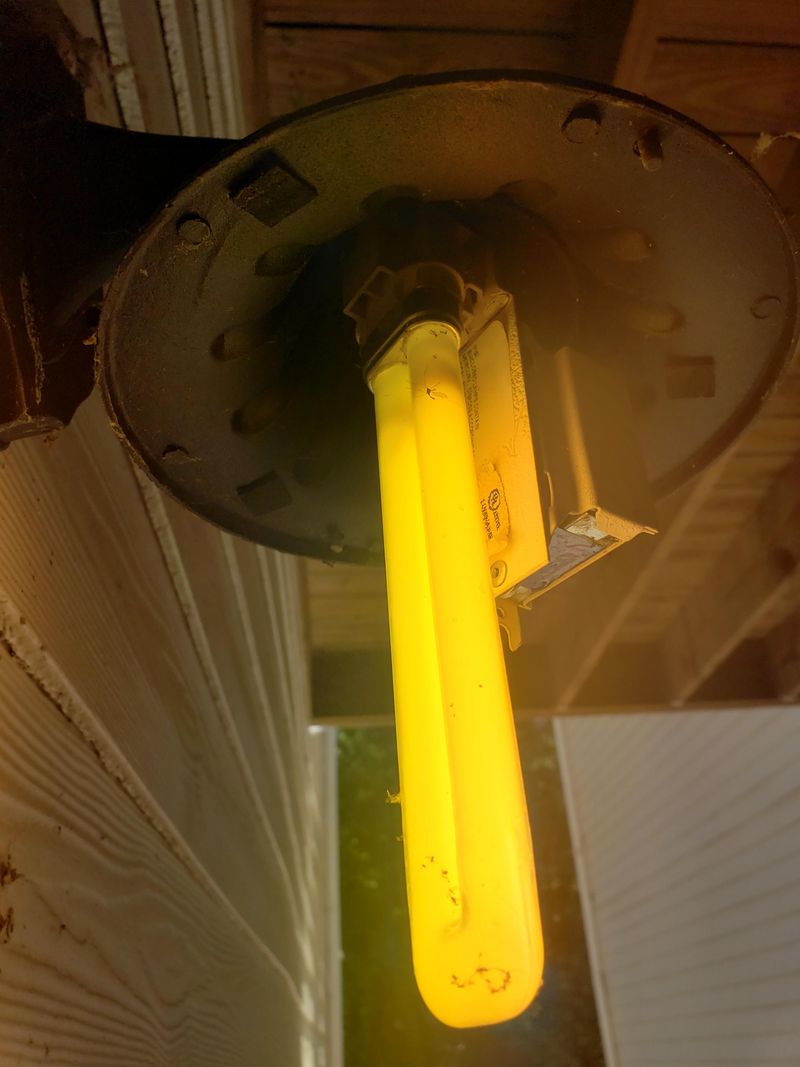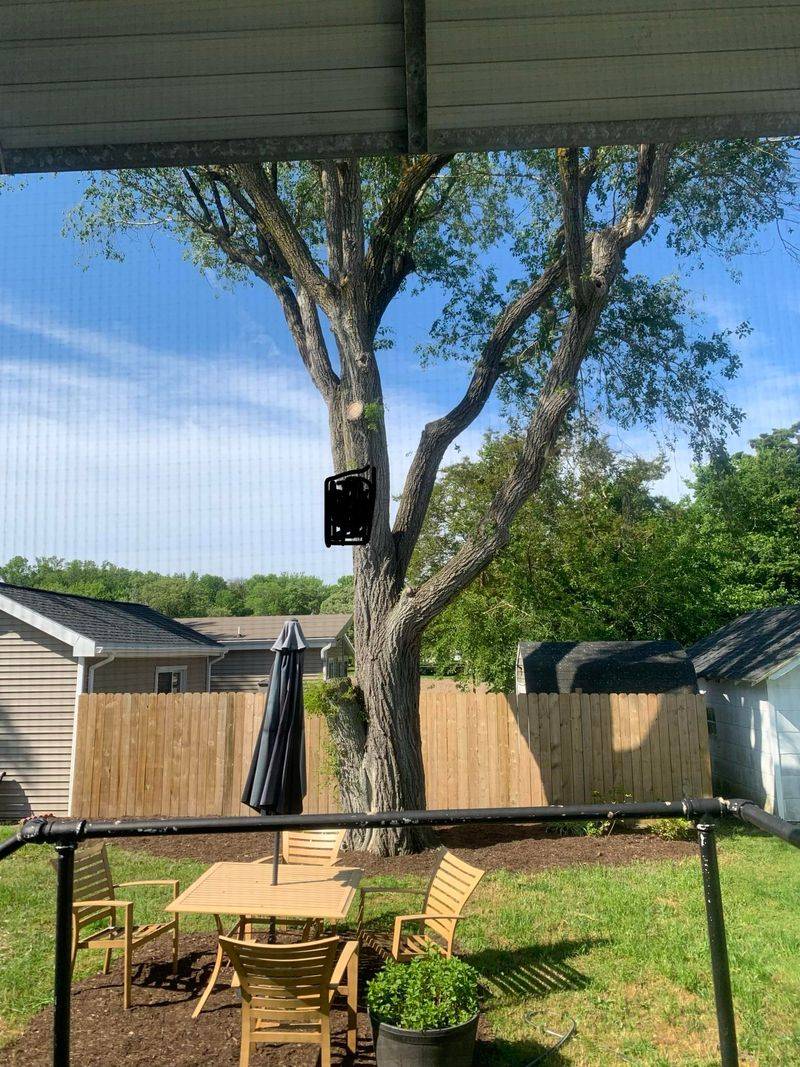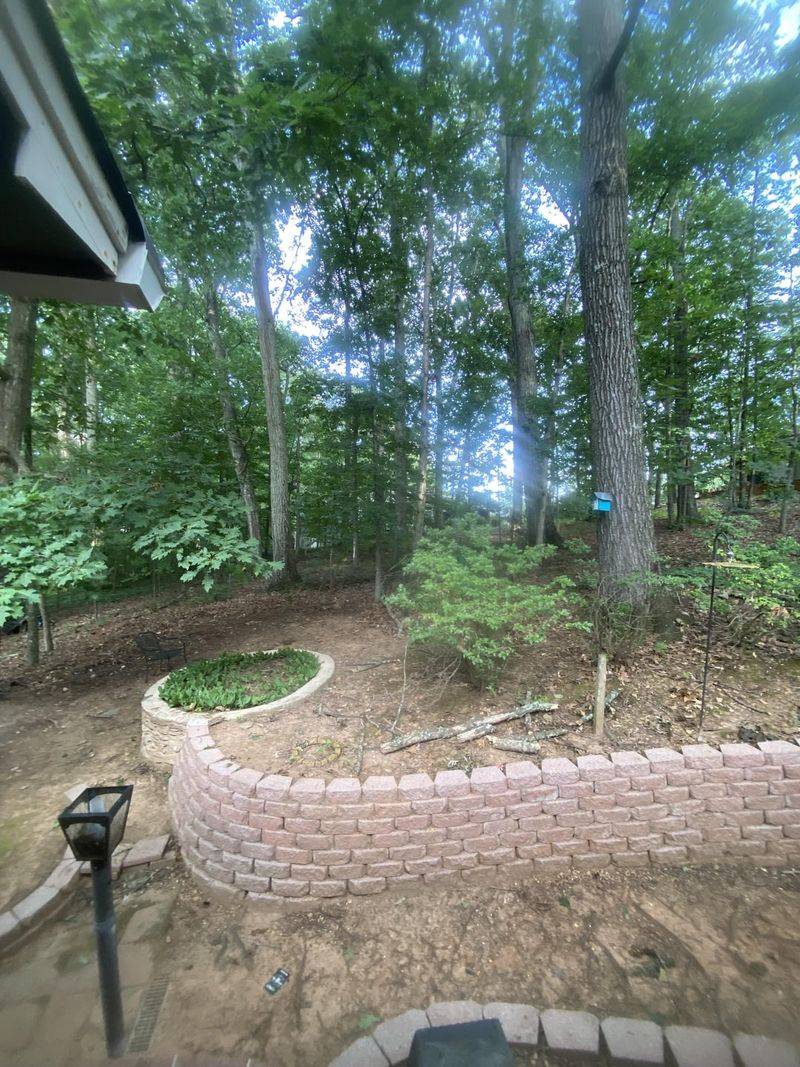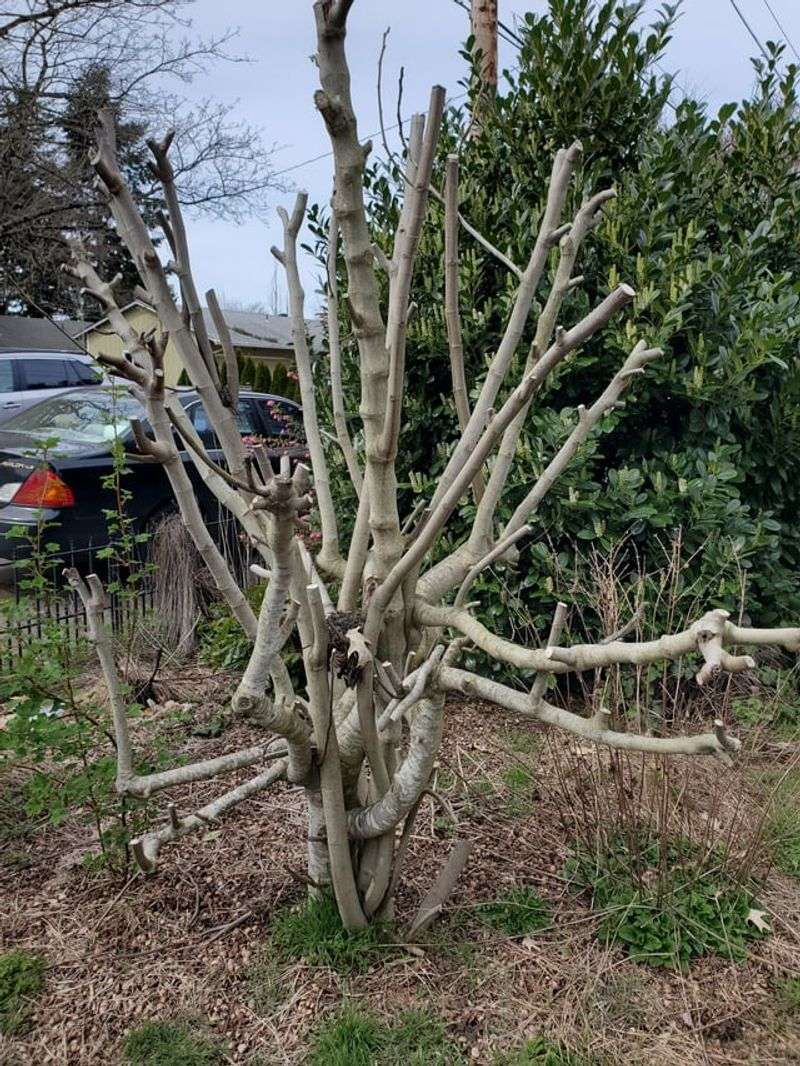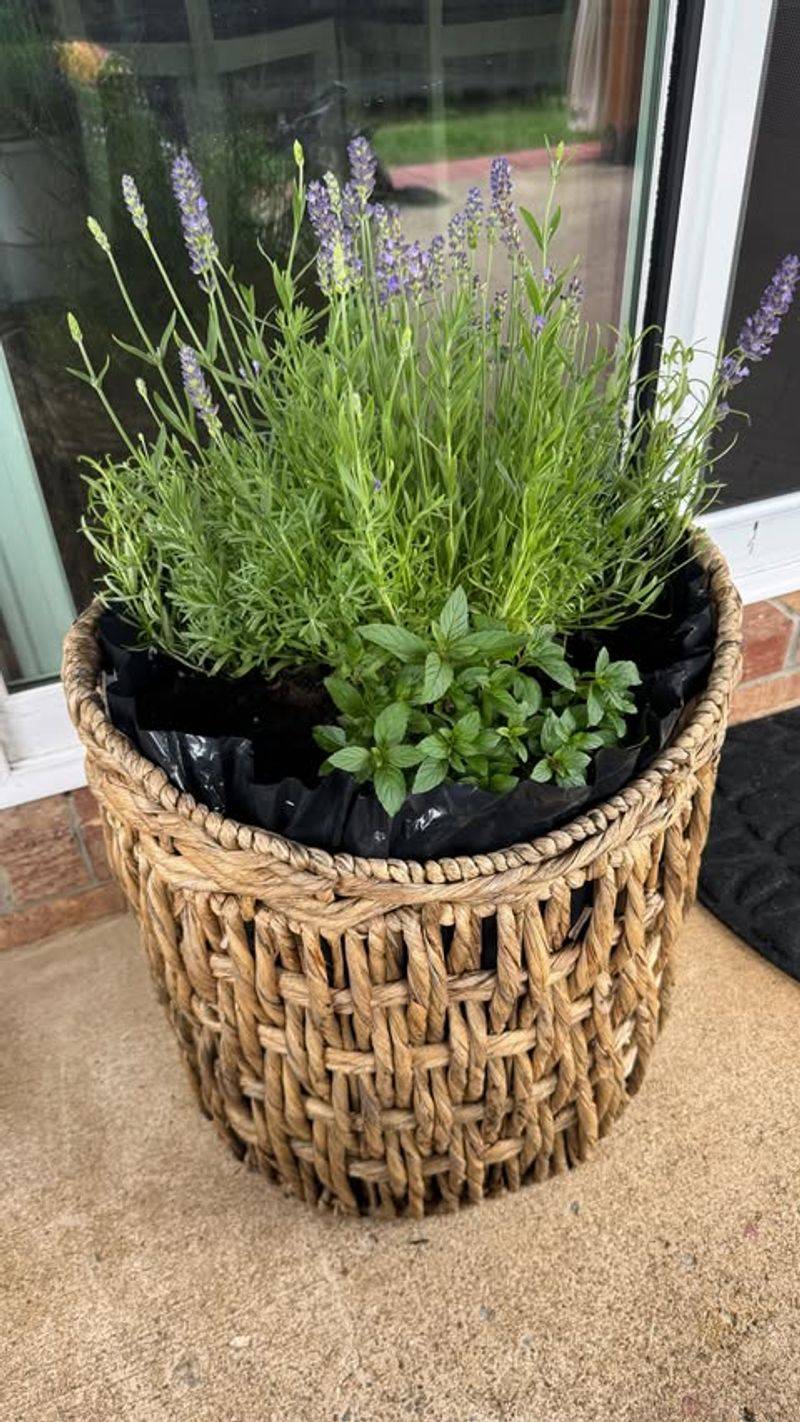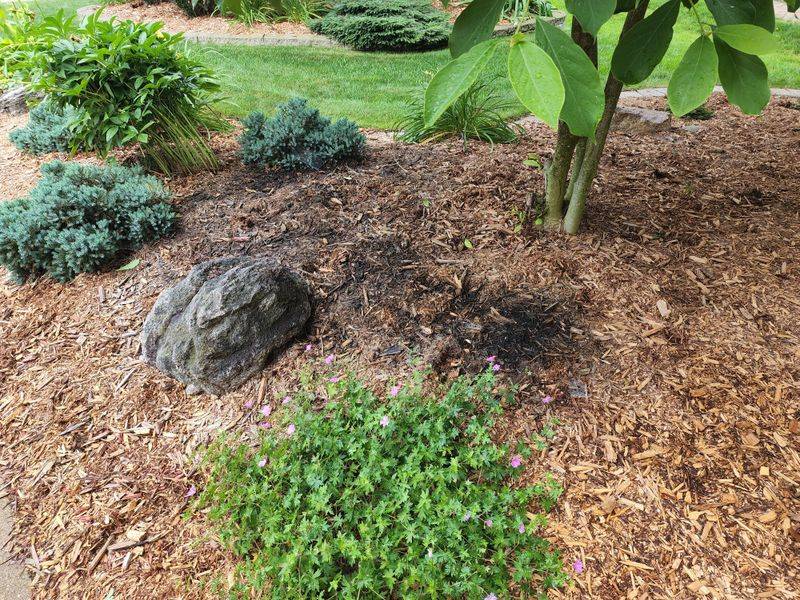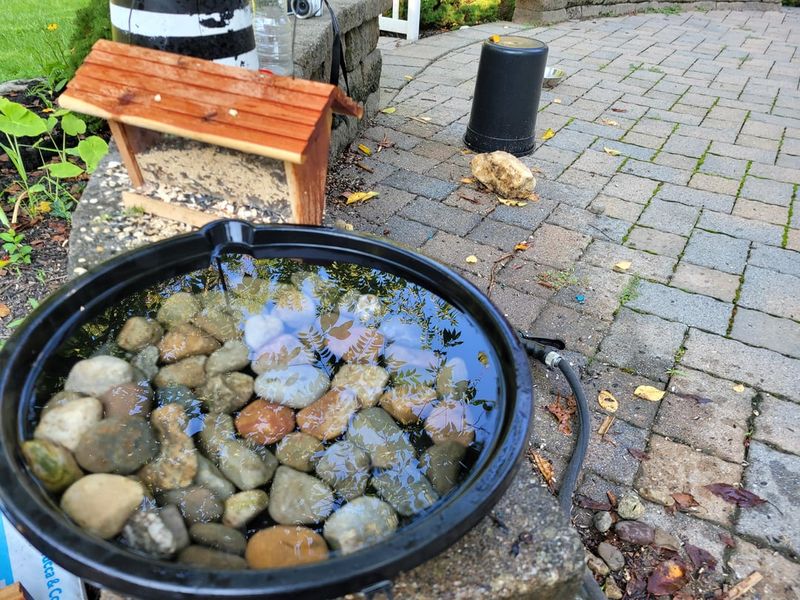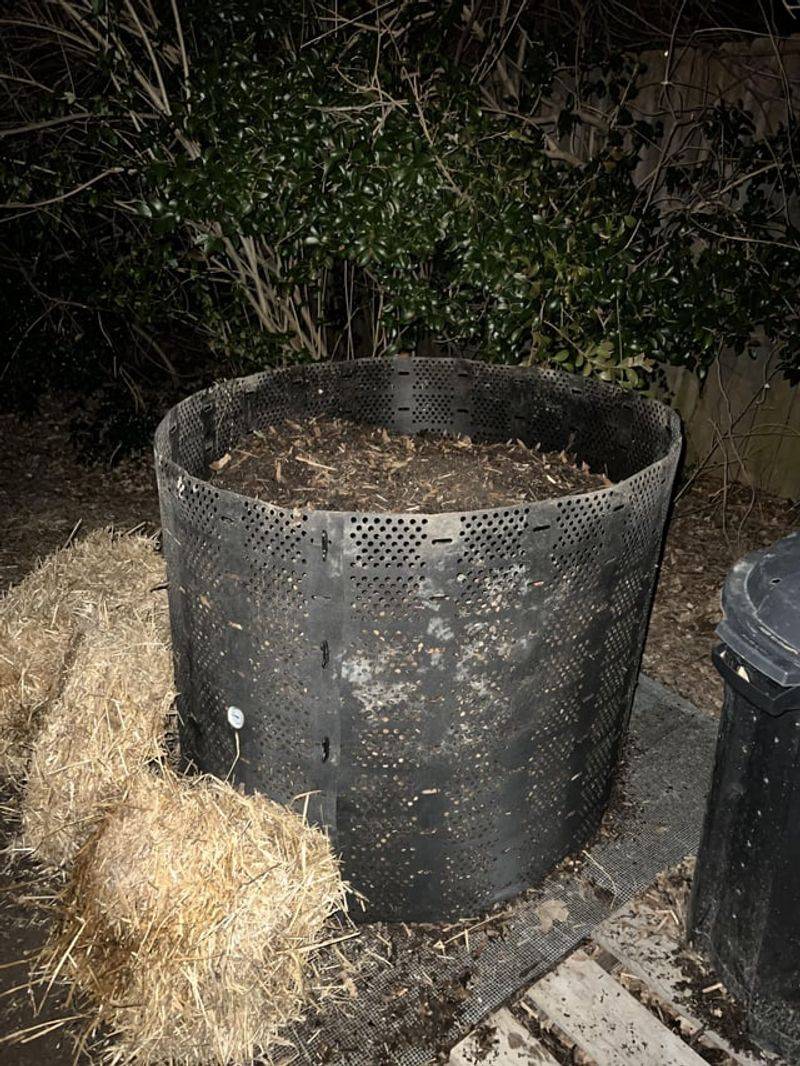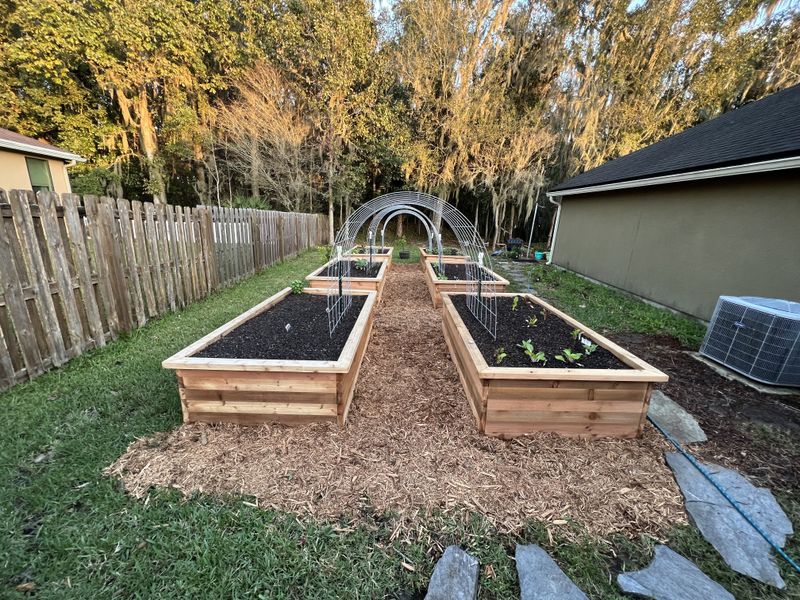Some yard features seem harmless until you realize they’re practically rolling out the welcome mat for bugs.
I found out the hard way after a few too many summer evenings swatting at everything with wings. These five common culprits might be what’s drawing pests to your outdoor space.
The good news? A few quick changes can make a big difference. Here’s what to look out for—and how to fix it fast.
1. Standing Water
Mosquitoes need just a bottle cap of water to breed! Those forgotten plant saucers, clogged gutters, and bird baths quickly become nurseries for buzzing biters. Even that kiddie pool left out overnight turns into a mosquito maternity ward.
Check your yard weekly for water collections, especially after rain. Dump standing water promptly and keep gutters flowing freely. For decorative water features, add mosquito dunks or keep water circulating with a small pump.
2. Overgrown Vegetation
Untamed bushes and tall grass create perfect hiding spots for ticks, spiders, and other creepy-crawlies. Bushy areas trap moisture and block sunlight, creating ideal bug habitats where they can multiply undisturbed.
Many insects thrive in these jungle-like conditions, setting up camp right next to your home. Regular trimming keeps these populations in check and makes your yard less hospitable to unwanted six-legged squatters.
3. Bright White Outdoor Lights
Moths, beetles, and flying insects find white lights irresistible! The bright glow disrupts their navigation systems and draws them directly to your porch or patio, bringing along their predators like spiders.
Ever noticed the bug cloud around your porch light? That’s no coincidence. These lights act like insect magnets, turning your evening hangout spot into an all-you-can-eat buffet for bugs.
4. Fruit Trees and Berry Bushes
Fallen fruit becomes a sugar feast for ants, wasps, and fruit flies. The sweet aroma of ripening or rotting fruit sends a powerful signal to insects far and wide that dinner is served in your yard.
Fruit trees create a food source that attracts insects throughout the growing season. Even small amounts of dropped fruit can sustain large insect populations, turning your beautiful landscape features into bug magnets.
5. Mulch Piled Against Foundation
Thick mulch layers create cozy homes for termites, ants, and earwigs right next to your house. The moisture-retaining properties of mulch, while great for plants, also create perfect bug habitats.
Wood mulch especially becomes an insect highway leading straight to your foundation. Termites particularly love this setup – they get moisture, shelter, and easy access to your home’s wooden structures all in one convenient location.
6. Switch to Yellow Bug Lights
Yellow bulbs are practically invisible to most insects! Their wavelength doesn’t trigger the same attraction response as standard white lights. You’ll still see perfectly fine, but bugs will mostly ignore your outdoor gathering.
These special bulbs create a warm glow that won’t disrupt your outdoor activities. Simply replace your current outdoor bulbs with these bug-friendly alternatives and watch how dramatically your evening insect population drops.
7. Install Bat Houses
A single bat can gobble up 1,000 mosquitoes in just one hour! These natural pest controllers work the night shift, dramatically reducing flying insect populations without any chemicals or effort from you.
Mount bat houses 12-20 feet high on poles or buildings with southern exposure. Bats prefer locations near water sources but not directly above areas where you frequently gather. Your nighttime mosquito problems will gradually diminish as these helpful mammals take residence.
8. Create a Buffer Zone
Gravel or stone barriers between woods and your lawn create a desert-like no-man’s-land that ticks won’t cross. These crawling pests hate exposed areas without moisture or vegetation to hide in.
A 3-foot wide barrier of gravel, wood chips, or stones works wonders. Ticks dry out quickly when exposed, making these zones effective barriers. This simple landscape feature dramatically reduces the number of ticks that make it into your main yard area.
9. Trim Back Tree Branches
Branches touching your house create bug highways directly into your home! Ants, spiders, and even termites use these natural bridges to bypass your home’s other defenses.
Keep all branches at least 6-8 feet away from your roof and walls. This simple maintenance task eliminates easy access points and forces insects to cross more exposed areas to reach your home, significantly reducing indoor pest problems.
10. Plant Aromatic Herbs
Rosemary, lavender, and mint naturally repel many common pests! Their strong essential oils confuse insects’ sensitive smell receptors and mask the scents that would normally attract them to your yard.
Plant these fragrant herbs around seating areas and entryways for maximum effect. Not only will they help keep bugs away, but they’ll also provide fresh herbs for cooking and add beautiful sensory elements to your garden.
11. Use Cedar Mulch
Cedar’s natural oils repel many insects including termites, ants, and mosquitoes! Unlike regular wood mulch, cedar actually works against bug infestations while still providing all the benefits of regular mulch for your plants.
Apply a 2-3 inch layer around plants but keep it at least 6 inches away from your foundation. The pleasant aroma is enjoyable for humans but sends bugs looking elsewhere for homes. Cedar mulch maintains its repellent properties for about one season.
12. Maintain Bird Baths Properly
Change water every 2-3 days to prevent mosquito breeding cycles. Mosquito eggs hatch into larvae within 48 hours, so regular water changes interrupt their life cycle before new mosquitoes can emerge.
Adding a small fountain or bubbler keeps water moving, making it much less attractive to egg-laying mosquitoes. For extra protection, add a mosquito dunk – it’s safe for birds but deadly for mosquito larvae.
13. Create Targeted Compost Areas
Designated compost zones keep decomposing matter away from your main yard spaces. Food scraps and yard waste naturally attract insects as part of the decomposition process – that’s actually beneficial for composting!
Place compost bins at least 20 feet from outdoor living areas and use enclosed containers when possible. This concentrates insect activity around the compost rather than spreading it throughout your yard, keeping bugs where they’re helpful rather than where they’re pests.
14. Install Fine-Mesh Screens
Upgrade to 20-mesh or finer screens on windows, doors, and outdoor structures. Standard screens stop larger insects but let tiny pests like gnats and no-see-ums slip right through the openings.
Fine-mesh screening creates a more effective barrier while still allowing airflow. For patios or gazebos, consider retractable screens that can be deployed when bugs are active. This simple upgrade dramatically improves outdoor comfort without chemicals.
15. Schedule Strategic Watering
Morning watering allows soil to dry before evening when mosquitoes and other insects are most active. Damp evening soil creates humid conditions that bugs love for nighttime feeding and breeding.
Use drip irrigation or soaker hoses rather than sprinklers when possible. These methods deliver water directly to plant roots without creating the standing water droplets on leaves that attract and sustain insect populations.

